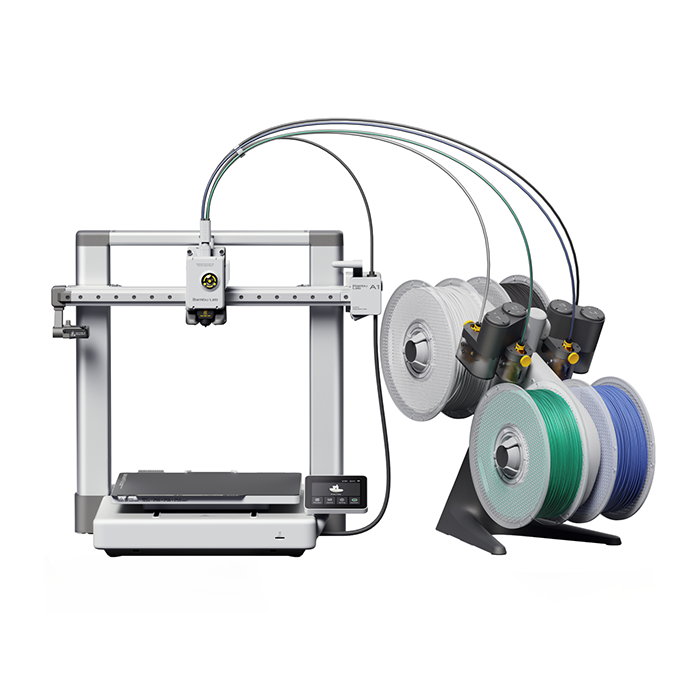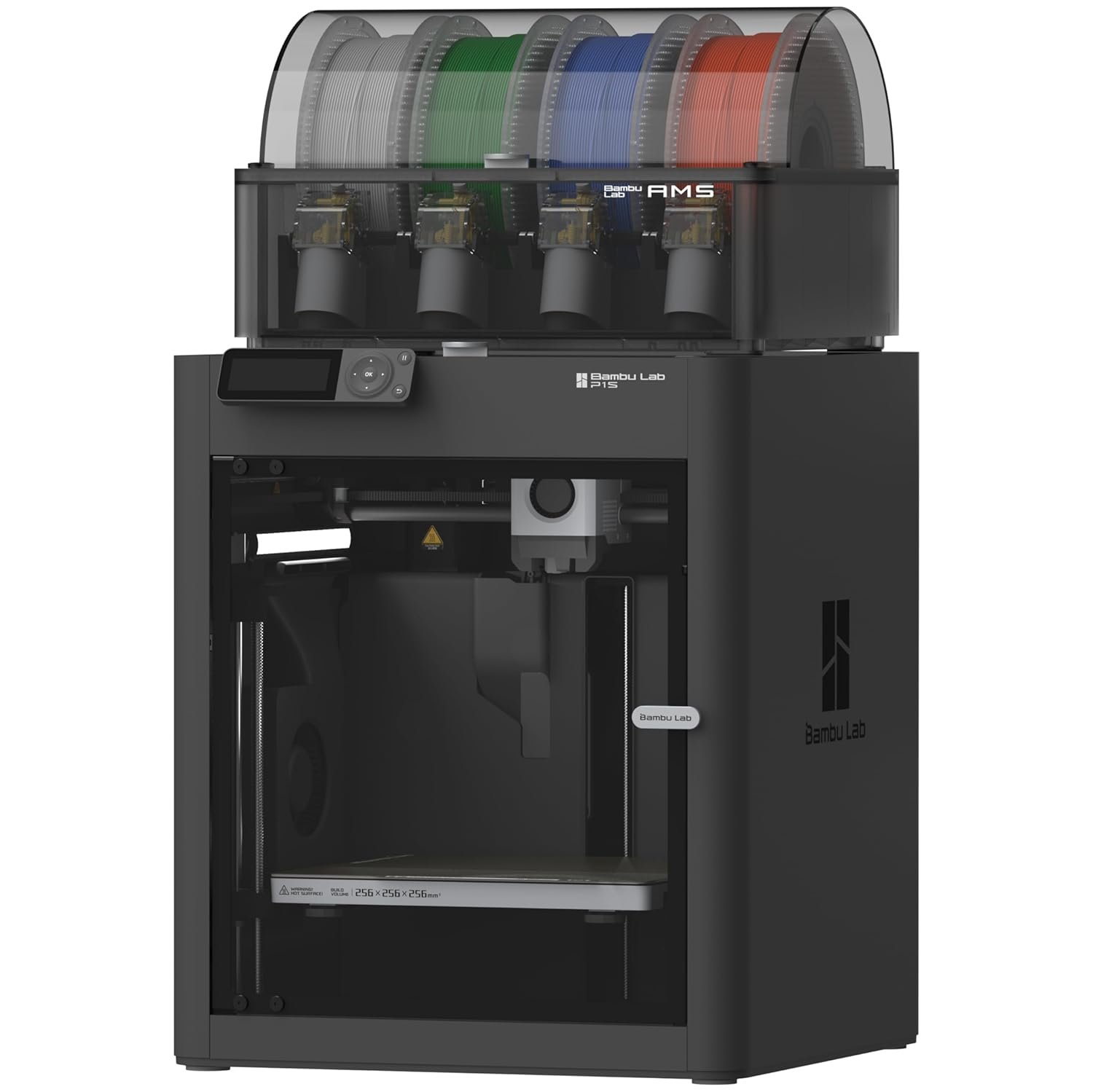Comparing Bambu Lab 3D Printers: Which One Is Right for You?
Bambu Lab has quickly become a notable name in the 3D printing community, offering innovative machines that cater to hobbyists and professionals alike. With a focus on speed, precision, and automation, their lineup has something for everyone. In this guide, we’ll break down the differences between their key models to help you decide which one is best suited to your needs.
1. Bambu Lab A1 Mini
The A1 Mini is Bambu Lab’s compact and beginner-friendly 3D printer, designed for ease of use and small-scale projects.
Key Features:
Compact Design: Perfect for limited spaces, making it ideal for hobbyists or educators.
CoreXY Architecture: Delivers accurate prints despite its small size.
User-Friendly Interface: Simplified setup and intuitive controls.
AMS Lite Compatibility: Supports multi-material printing via the AMS Lite, enabling greater versatility.
Who It’s For:
Beginners exploring 3D printing.
Users with limited space or small-scale project needs.
Educators looking for a classroom-friendly printer.
2. Bambu Lab A1
The A1 is a step up from the Mini, offering more versatility and a larger build volume while maintaining ease of use.
Key Features:
Larger Build Volume: Accommodates medium-sized projects.
Enhanced Material Compatibility: Supports a wider range of filaments, including TPU.
Upgrade Options: Compatible with AMS Lite for multi-material printing.
Moderate Price Point: Balances cost and performance for everyday users.
Who It’s For:
Intermediate users seeking a balance of size and capability.
Hobbyists working on larger or more varied projects.
Those planning to expand into multi-material printing.
3. Bambu Lab P1S
The P1S is a robust and versatile model, ideal for advanced users and professionals seeking high-speed, high-quality prints.
Key Features:
CoreXY Architecture: Ensures precise and fast prints, even for complex designs.
Fully Enclosed Design: Provides a controlled environment for printing materials like ABS and Nylon.
AMS Compatibility: Supports multi-material and multi-color printing.
Advanced Features: Includes AI-assisted monitoring and automatic bed leveling for reliability.
Who It’s For:
Advanced users and professionals needing precision and speed.
Makers using temperature-sensitive materials.
Users prioritizing automation and advanced features.
Final Thoughts
Choosing the right Bambu Lab printer depends on your specific needs and budget:
The A1 Mini is a great entry point for beginners or those with limited space, now with added versatility via AMS Lite.
The A1 offers more flexibility and a larger build area for hobbyists and intermediate users.
The P1S provides advanced features, speed, and material versatility for professionals and demanding projects.
No matter which model you select, Bambu Lab’s commitment to innovation and quality ensures you’ll have a powerful tool for all your 3D printing projects.


